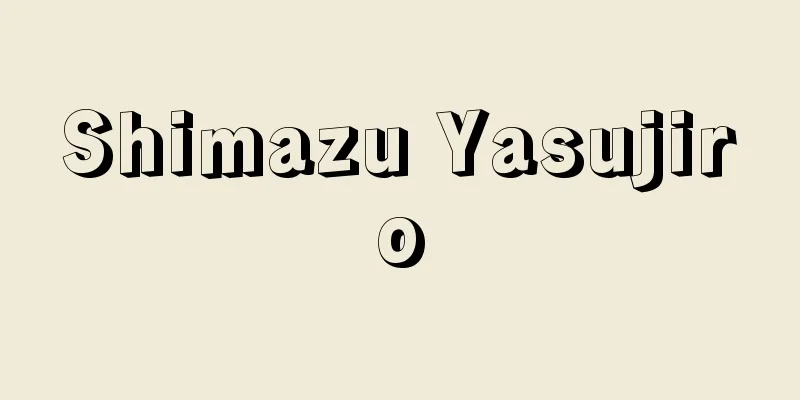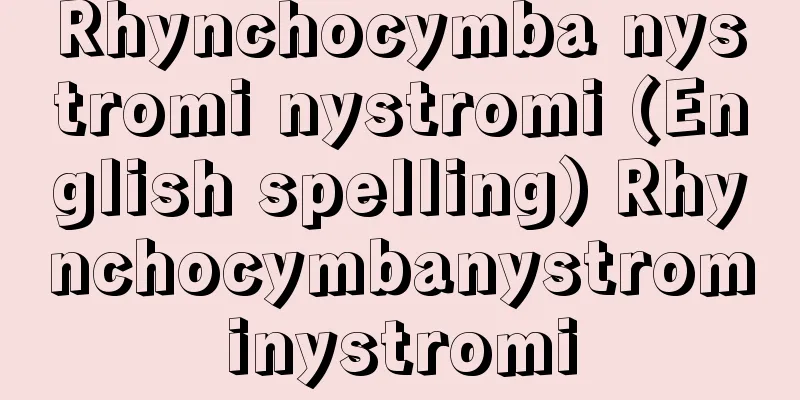Meiki

|
Meaning vessels for the gods, these are dummy vessels made in China from earth, wood, jade, stone, or bronze to be placed in tombs or their auxiliary facilities. When they are human or animal, they are called figurines. They began with the production of jade or stone imitations of bronze weapons from the Yin and Zhou dynasties, and human and animal figurines to substitute for those who committed suicide. During the Warring States period, bronze, ceramic, and wooden burial figurines were seen. The painted warriors and horses excavated from the Terracotta Warriors Pit in the Mausoleum of the First Emperor of Qin are stiff in expression, but they are life-size and realistic, marking a milestone in Ming figurines. During the Han dynasty, Ming figurines were produced with a wide variety of subjects, including cavalry soldiers, male and female figurines, cows, sheep, towers, houses, farm buildings, rice fields, reservoirs, storehouses, hearths, wells, livestock sheds, and acrobatic figurines, all made from painted gray porcelain and green glaze. During the Northern Dynasties, green-glazed and dark brown-glazed cavalry, warriors, camels, and tomb beasts were popular, following the Han tradition, while during the Southern Dynasties, celadon drum-playing ceremonial guard figurines were popular. During the Tang Dynasty, tri-colored horses, cavalry, camels, women, divine generals, tomb beasts, and painted gold cavalry appeared, ushering in the masterpiece of Ming ware. Ming ware continued into the Ming Dynasty, but ceramic figurines declined with the popularity of paper Ming ware. [Nobuyuki Shimojo] Dancer. Western Han Dynasty (2nd century BC) Painted ceramic, height 53.3 cm, owned by the Metropolitan Museum of Art "> Ceramic figurines Source: Shogakukan Encyclopedia Nipponica About Encyclopedia Nipponica Information | Legend |
|
神明の器の意味で、中国で墓やそれの付属施設に入れるための土、木、玉、石、銅でつくった仮器。人物、動物の場合を俑(よう)という。殷(いん)・周時代の銅武器の、玉や石による模倣や、殉死代用の人物俑、動物俑の製作に始まった。戦国時代には銅、陶、木製の俑葬がみられる。秦(しん)の始皇帝陵の兵馬俑坑出土の加彩武人・馬は硬い表現であるが、実物大でリアルさがあり、明器の画期をなす。漢代には加彩陶質灰陶や緑釉(りょくゆう)で騎兵、男女俑、牛、羊、楼閣、家屋、農舎、水田、貯水池、倉、竈(そう)(かまど)、井戸、家畜小屋、雑技俑など豊富な題材の明器がつくられる。北朝には漢の伝統を引いた緑釉、黒褐釉の騎兵、武士、ラクダ、鎮墓獣が盛行し、南朝には青磁の鼓吹儀仗(ぎじょう)俑などが盛行する。唐代には三彩の馬、騎馬、ラクダ、女子、神将、鎮墓獣や加彩貼金(てんきん)騎兵が現れ、明器の圧巻を迎える。明器は明(みん)時代まで続くが、紙製明器の流行によって陶俑は衰退する。 [下條信行] 舞女。前漢代(紀元前2世紀) 彩絵陶 高さ53.3cmメトロポリタン美術館所蔵"> 陶俑 出典 小学館 日本大百科全書(ニッポニカ)日本大百科全書(ニッポニカ)について 情報 | 凡例 |
>>: Syrinx - meikan (English spelling)
Recommend
Azerbaijani - Azerbaijani (English spelling)
One of the Turkic languages. Spoken by approximat...
Veins - Veins
These are blood vessels that carry blood from the...
Eichinger, I.
…Born near Frankfurt an der Oder, he studied law ...
Downward erosion - Downward erosion
… As river erosion progresses, the riverbed lower...
Sakurajima - Sakurajima
A volcanic island located in the back of Kagoshima...
Cue sheet - Cue sheet
...They participate in rehearsals, taking notes o...
Gagaku score - gagakufu
... During the Tang Dynasty, unique notation meth...
Kusasukikazura - Kusasukikazura
A perennial plant of the lily family (APG classif...
Relief order - Relief order
An order is issued by the Labor Relations Commissi...
Baba Tsunego - Baba Tsunego
Journalist. Born in Okayama Prefecture on July 13...
Huntington, Samuel P.
Born: April 18, 1927, New York, New York [Died] De...
Keika
A high priest of Esoteric Buddhism in the Tang Dy...
al-Karaji (English spelling)
…Years of birth and death unknown. Also known as ...
Review - Koori
The name of a local administrative unit in Japan i...
Háry János
The name of the protagonist of the narrative poem ...









